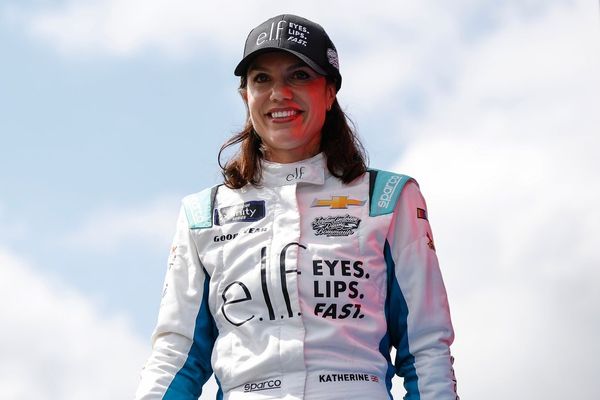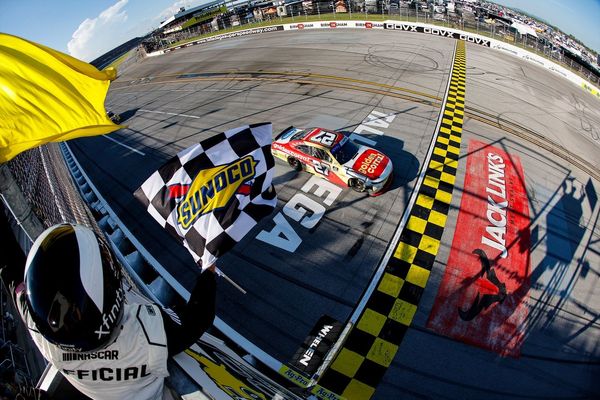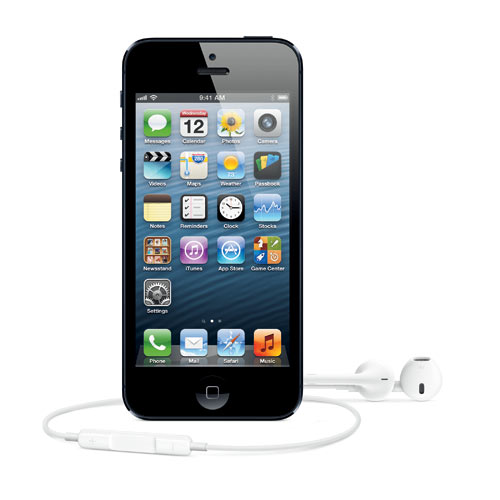
The iPhone 5 is an incremental improvement over its predecessor, but still represents a near-perfect fusion of camera and apps. Other smartphones may have better technical specifications, but it’s the huge number of photography-related apps available that ensures its dominance. The best camera is the one you have with you, and for those who would prefer not to carry a dedicated camera, the iPhone is the ultimate tool. Photograph: PR
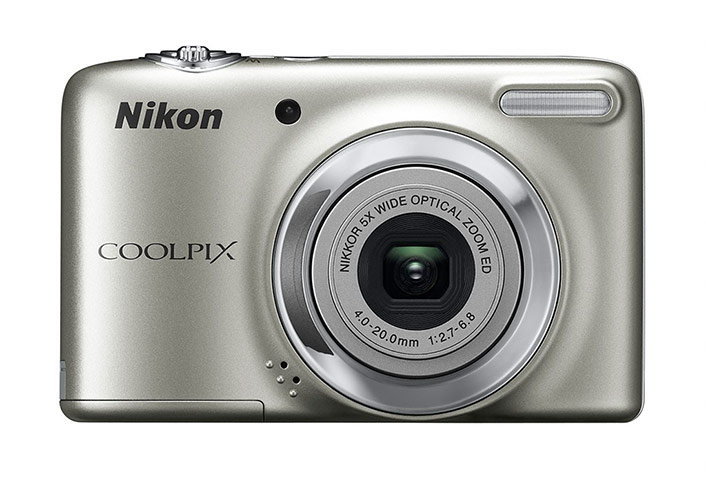
BUDGET COMPACT: This diminutive 10 megapixel, 5x optical zoom digital compact comes with vibration reduction and a range of automatic shooting modes, such as portrait or night landscape. It has a nice three-inch LCD screen. Like the Canon, it offers 720p HD video. It runs off two AA batteries and can be found for under £50 online. Although it has recently been replaced by the Coolpix L26, it still currently represents good value. Photograph: PR
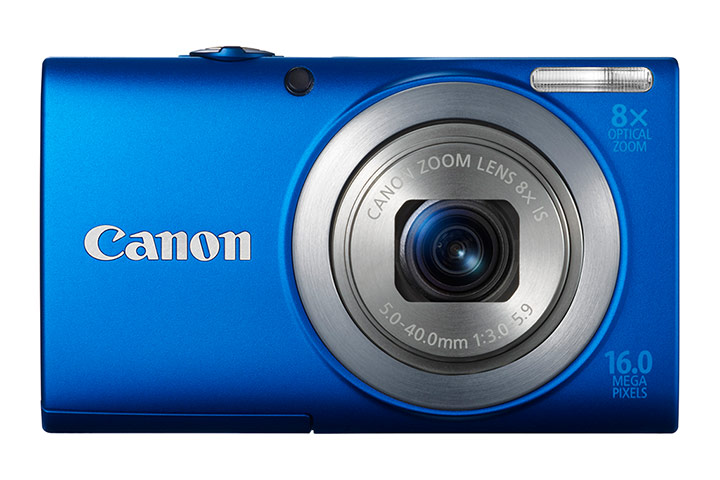
BUDGET COMPACT: Unthinkable a few years ago, you can now pick up a 16 megapixel 8x optical zoom compact for less than £100. The Canon PowerShot A4000 IS is easy to use and quite responsive, making it a nice little vacation camera that’s ideal for those who just want to point and shoot. The slim, elegantly simple design comes in a range of colours and weighs a mere 145g. It is also capable of shooting 720p HD video. Photograph: PR
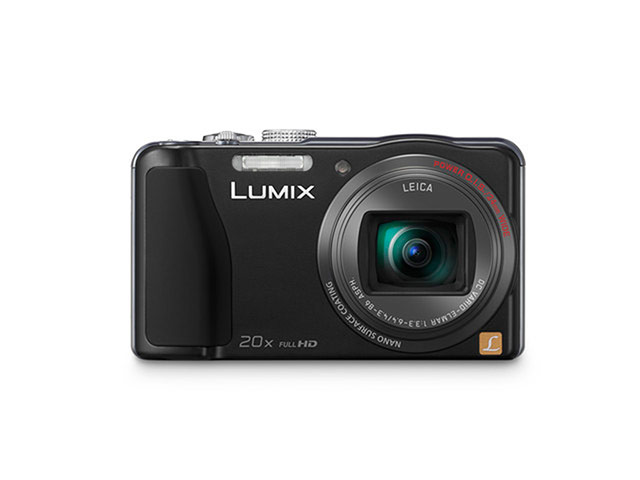
MID-RANGE: Panasonic was one of the first companies to make compact superzoom cameras and this, its latest model, does not disappoint. Packing a 20x zoom Leica lens with image stabilisation and a 14.1 megapixel sensor in a sleek body that is easily pocketable, it does pretty much everything you would expect as well. There’s an HD video mode and it can also shoot stills at up to 10 frames a second, when the autofocus is switched off. As with most compacts, don’t expect too much in low light. Available online for around £235. Photograph: PR
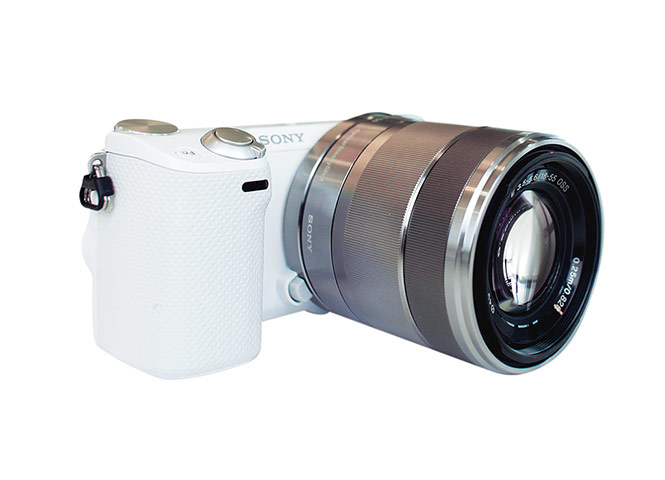
MID-RANGE: The latest update to Sony’s popular NEX‑5 features great image quality, interchangeable lenses and snappy focus. This is a camera that will grow with you – it can be fully automatic or fully manual, so as you gain confidence you can take more control. It has an articulated LCD touchscreen that can be adjusted to suit your viewing angle and an optional electronic viewfinder can also be added. It can send images straight to Facebook via Wi-Fi, or push them to an iPhone or Android smartphone, and there’s also a range of proprietary in-camera apps. Available from £659.
Photograph: Kimberly Hoang
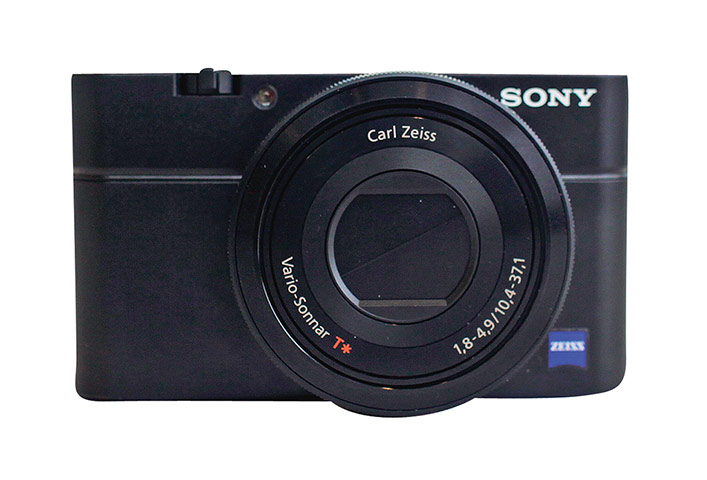
SERIOUS AMATEUR: This is the compact for serious photographers: it has truly excellent image quality, thanks to its relatively large one-inch 20-megapixel sensor. Images are of surprisingly high quality in lowish light, it is very responsive and has a great lens, equivalent to 28-100mm on a 35mm camera. It also offers excellent video, lots of manual overrides and a continuous shooting speed of 10 frames a second. All this, and it will still fit in your pocket. That’s why it will cost you around £500.
Photograph: Kimberly Hoang
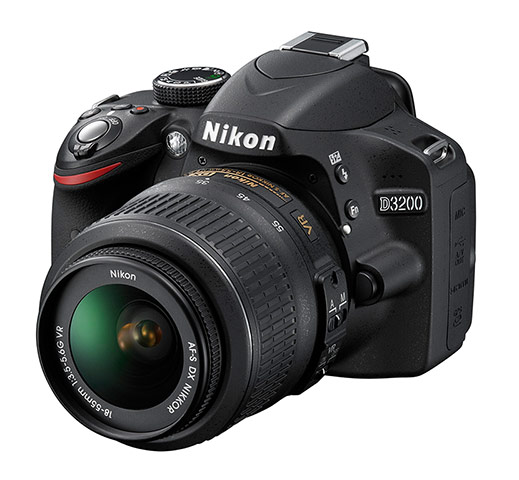
SERIOUS AMATEUR: Nikon’s entry-level digital SLR has all the features you would expect plus a few extras, such as an optional wireless adaptor. This camera is all about image quality, because it allows you to combine its 24-megapixel CMOS sensor with the company’s fantastic range of high-quality lenses. It’s got a solid build and is relatively straightforward to use. HD video is thrown in too. It may not have some of the latest bells and whistles that rival models from Sony or Panasonic offer, but it does what it does with aplomb – and all for around £449. Photograph: PR

SERIOUS AMATEUR: This is a beautifully retro-styled compact system camera that looks like one of the film cameras of yesteryear, but uses the Micro Four Thirds interchangeable lens system. It has great image quality, a weather-sealed body, in-camera image stabilisation and a good, clear electronic viewfinder. Handling is a dream. It’s an object of desire as much as a tool. Available from online retailers for around £1,149.
Photograph: Kimberly Hoang
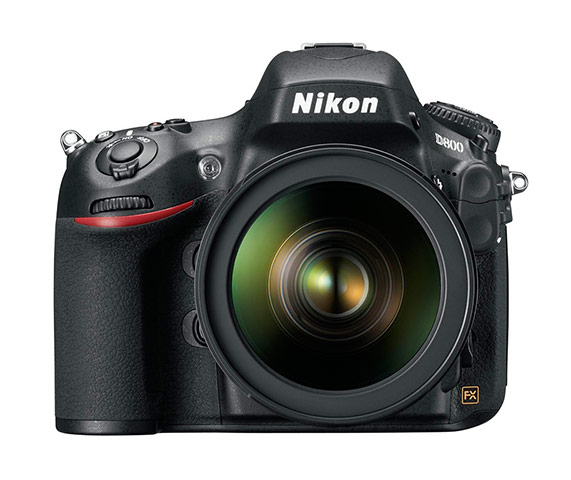
PROFESSIONAL: Packing an astounding 36.3 megapixels into a standard-sized professional digital SLR, this Nikon is designed more for studios and landscapes than the sports field, although it’s still well built. Ergonomically, it’s a pleasure to use. It also has an excellent video mode. At the time of writing, it’s the ultimate digital SLR in terms of image quality. One thing to note: to take full advantage of this, you really will need the best lenses the company has to offer. The body alone will cost you around £2,000. Photograph: PR
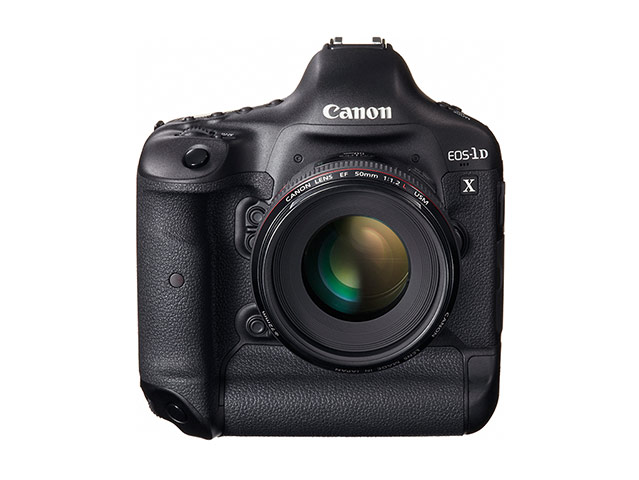
PROFESSIONAL: I’m a long-time user of the Canon EOS system and this is its flagship model. Seen in large numbers at the 2012 Olympic Games, this is the default choice for many major news organisations. It’s built to withstand the rigours of daily professional use and built for speed, taking up to 14 pictures a second. It also has a full-frame sensor with phenomenal low-light performance and the most accurate autofocus I’ve ever used. The video is the best I’ve seen out of a digital SLR, except perhaps for its cinema-oriented sister, the forthcoming EOS-1D C. However, these qualities don’t come cheaply; expect to pay around £4,500 for the body alone. Photograph: PR
